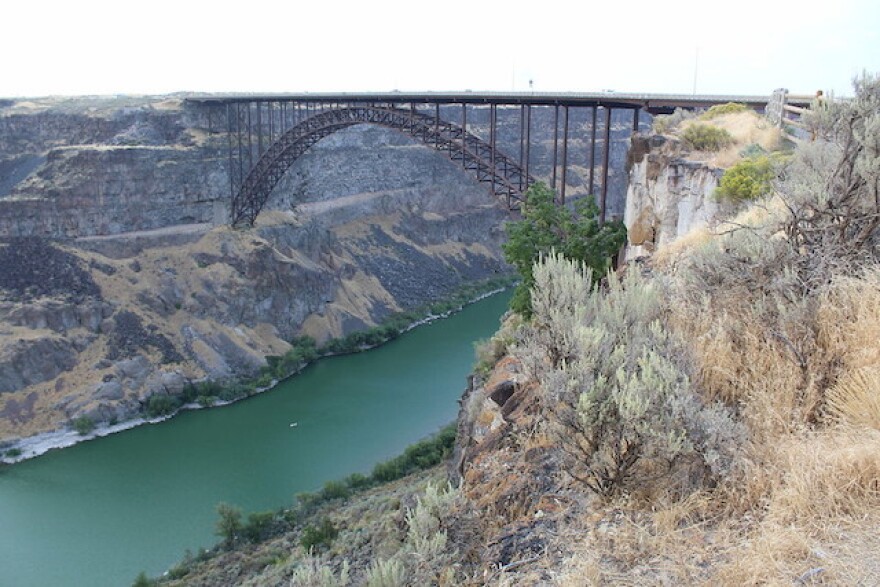A new report raises growing concern about the contamination of Idaho's Eastern Snake Plain Aquifer. Reports the Idaho Conservation League has released its second groundwater report on the aquifer, which supplies drinking water for more than 300-thousand Idahoans.
"There's a number of different steps we can take to that effect – best management practices in terms of managing the animal manure, managing the amount of fertilizer that goes on the fields. That will be a really good first step to reducing this pollution problem,” said Josh Johnson with the Idaho Conservation League.
Johnson said the greatest concerns are nitrogen and phosphorus, mainly from dairy operations and fertilizer use on farms, but there are ways to mitigate the threat.
The Eastern Snake Plain Aquifer – estimated to hold as much water as Lake Erie – also is important for irrigating farms and the multibillion-dollar aquaculture industry along the Snake River.
Johnson said nitrate in groundwater, especially in Cassia, Minidoka and Twin Falls counties, needs to be addressed. He said the federal limit for nitrate is 10-milligrams per liter and was set decades ago. But new research is showing long-term consumption of nitrate-contaminated water can increase the risk of certain cancers and thyroid conditions.
"If the approach, as it's currently being pursued by agencies is, if it's below 10 milligrams per liter, that federal limit, then we don't have to worry about it. That's not something I feel confident in, because there's not science to back that up,” he said.
Johnson thinks it's time for Idaho to bring groundwater oversight under one agency.
"Consolidating the responsibility of groundwater protection under a single agency would be helpful, we think, because right now in Idaho, different agencies have different pieces of the puzzle, but there's sometimes lacking a coherent, overarching strategy,” Johnson said.
He added the Idaho Conservation League has sent its report to the Idaho Department of Environmental Quality, and the departments of Agriculture and Water Resources. He hopes to have more in-depth conversations with the agencies this fall.







